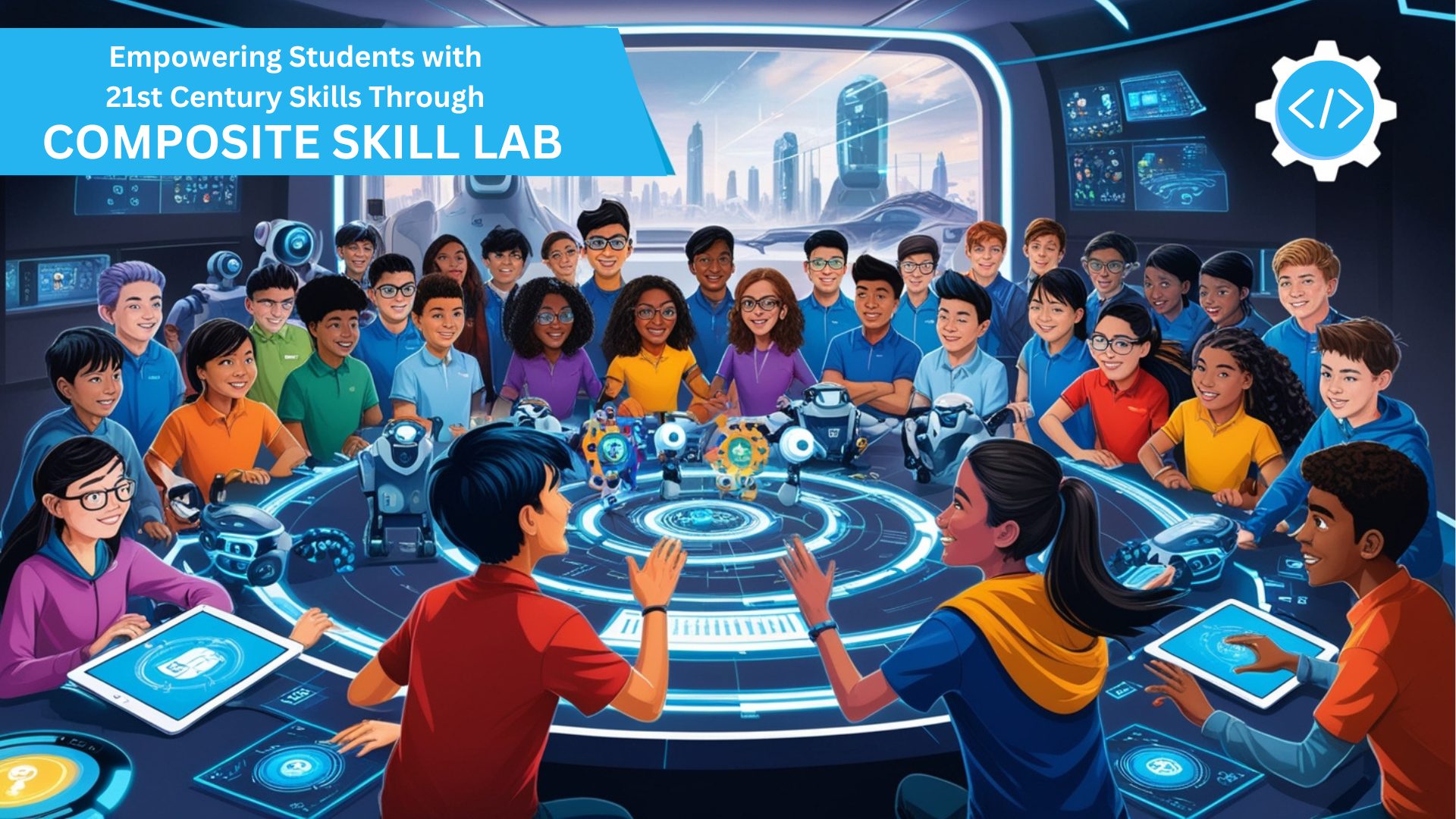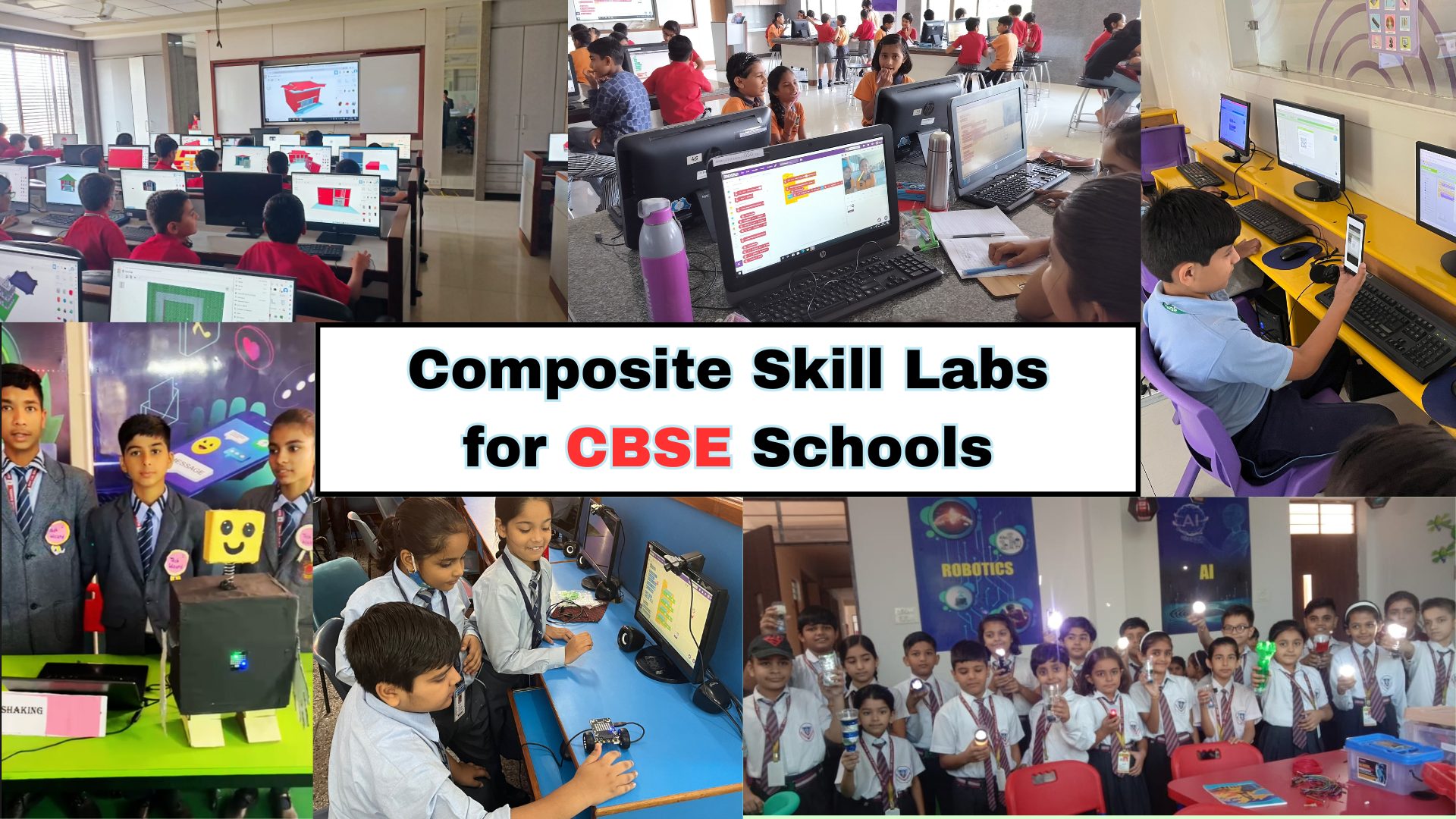You must be worried about your kid education at home during COVID-19? You must have heard about e-learning recently? Since schools are shut down across the world due to the presence of the COVID-19 outbreak, many schools shifted from offline classrooms to virtual classrooms for providing support to kids’ education. As a result, there is a significant growth in e-learning. Thus, education at home during COVID-19 has become a new normal.
What is e-learning?
Electronic Learning (e-learning) is also commonly known as online learning. Basically, in e-learning, the delivery of learning is done through digital or electronic devices such as smartphones, computers, tablets, and laptops rather than in person.
E-learning for kids simply means that, any educational websites, apps, or videos that are available on the internet that helps kids to learn. Many parents are now understanding the concept of e-learning which has made education at home possible in the age of COVID-19.
It makes it possible to learn anything from anywhere at any time.
E-learning is a home-based education and a broad term that includes different forms of learning. Since every kid is different, what learning methods work best for them also differs from other kids.
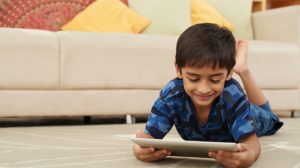
Confused and worried about education at home during COVID 19? What type of e-learning suits best for your kids?
Different types of e-learning education at home during COVID 19, for kids to choose from:
- Self-paced e-learning for kids
- Direct-paced e-learning for kids
- Video-based e-learning for kids
- Collaborative-based e-learning for kids
- Activity and game-based e-learning for kids
- Virtual Classroom for kids
Self-Paced e-Learning
In self-paced learning, students do not need to follow a strict schedule; they can approach lessons at their own speed as there is no due date for finishing assignments and lessons to end. Hence, this type of e-learning has a loose structure and students might retain information better but they are accountable to themselves only, so this method is beneficial for kids who are self-motivated.
Direct-Paced e-Learning
This approach is beneficial for students who want flexibility in learning and some accountability to keep them on the track at the same time. Most direct-paced learning programs have due dates assigned for assignments.
Video-Based learning
Kids who have a tough time with traditional education methods of learning book contents can find educational videos more helpful. The video with real-life examples and animations grabs the attention of young learners and makes learning more engaging. Hence, this is the benefit of alternative forms of e-learning.
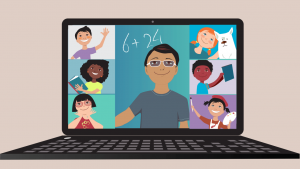
Collaborative-based e-learning
Collaborative-based learning is also known as group-based learning. We all know that young learners understand things better when they interact with other kids. As a parent do you feel the social aspect is missing in online learning? – This might be considered as a potential drawback of e-learning. How will kids learn social skills when they are busy learning online on their computers?
There are online platforms that provide group-based learning experiences such as a virtual classroom or virtual boot summer camps in which kids can socialize, have fun, and learn new things at the same time.
Activity and Game-based e-Learning
Kids have a short span of attention therefore it becomes important to make online learning exciting for them. Connecting e-learning with kids’ interests is one way to make learning more engaging. Games and activities are considered to be fun for all kids. This is why kid’s education websites online focus on game-oriented courses and STEAM learning that motivates young learners to learn new things while they play.

Virtual Classroom e-learning
Virtual classes are done in real-time and are delivered via the internet. Virtual classrooms are somewhat like offline classrooms, except that learners and instructors virtually interact with each other from their own places rather than in person. Online classrooms allow learners to discuss and learn with their fellow virtual classmates.
For example, GoGlobalWays‘s GoIntelligent interactive classrooms, where students can learn about the basics of Artificial Intelligence (AI) and Machine Learning (ML) through graphical programming.
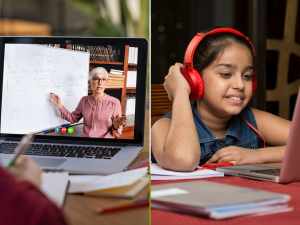
Every student can learn; they just need to find their way of learning.
The impact of COVID-19 is going to change schools in the long run. Most parents are realizing the benefit of online learning and considering the option of education at home for their child.


